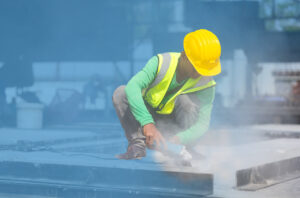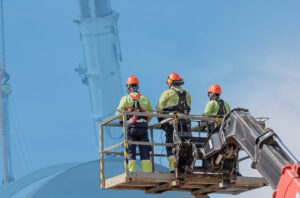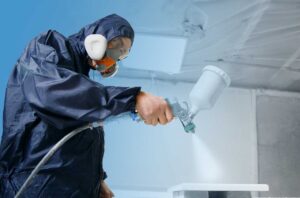The term Non-Destructive Testing (NDT) covers a wide range of techniques used to assess materials, parts, and other items in a way that does not cause damage or alter their structural integrity.
NDT techniques can include the use of lasers, thermographic techniques to monitor surface temperatures, electromagnetic scanning, ultrasonic, and radiography.
Radiography is often used to check for defects in welded joints that may not be visible from the surface. X-ray (or similar) images are taken of the welds to be investigated; these images can then be inspected for any internal defects. This helps ensure the structural integrity of items by allowing defective welds to be repaired, e.g., by grinding them out and re-welding.
However, investigations by the HSE have found a number of instances where images had been tampered with or falsified, including the same image being used for different welds and images being cropped to remove defects. A failure to correctly carry out testing can ultimately lead to an unexpected and potentially catastrophic failure of equipment or structures.
The safety alert includes a number of actions that should be taken both by those carrying out NDT and by those instructing specialists to carry out DT on their behalf. In particular, there should be an awareness of the techniques being used, their limitations, and the time required to achieve adequate results.
In one of the cases investigated by the HSE, it was estimated that between 10 and 20 welds could be adequately tested per shift; however, the results provided regularly exceeded this, including one instance of 104 welds.
If you have any questions or would like support with managing issues at your workplace, please speak to your usual contact or get in touch using the form below.

New rules for providers of social housing in England

Small but mighty – working safely with nanomaterials

Do you have a MEWP rescue plan?

Changing the asbestos control regime

HSE Launch Motor Vehicle Paint Spraying Campaign
